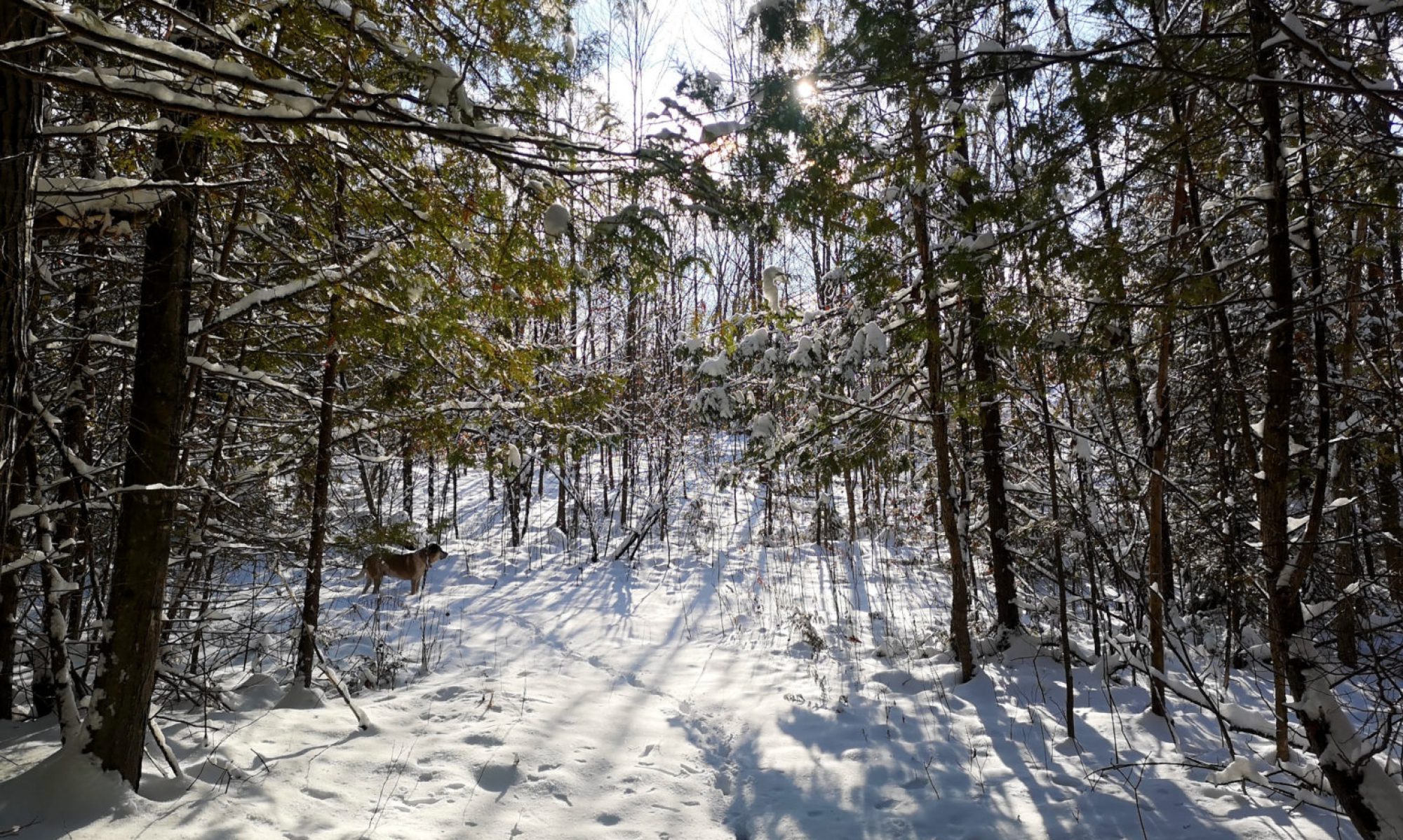
If you’ve spent any time on social media in the past few weeks, you’ve probably heard about BlueSky, a new social platform that was jump-started by Jack Dorsey in 2019, when he was the CEO of Twitter. The service recently opened up to a larger number of invitation-only beta testers, and some prominent Twitter users have set up accounts there, including Senator Ron Wyden, Congresswoman Alexandria Ocasio-Cortez, billionaire Mark Cuban, and popular accounts such as Dril. Some BlueSky fans believe the social network has the best chance of replacing Twitter, which has been lurching from crisis to crisis under new owner Elon Musk. But do we really need a replacement for Twitter? And if so, will this new platform somehow be able to reproduce just the positive aspects of Twitter, or will it wind up recreating all of the negative aspects too?
Dorsey first mentioned BlueSky in 2019, with a tweet saying that Twitter planned to fund “a small independent team of up to five open source architects, engineers, and designers to develop an open and decentralized standard for social media.” Dorsey noted that in the early days of Twitter, the network allowed external developers and services to plug in to its systems easily and extend them, to the point where “many saw its potential to be a decentralized internet standard,” much like email. For a variety of reasons, Dorsey added, “we took a different path and increasingly centralized Twitter.” That process has continued since Musk took control, and Twitter now charges anyone who wants to plug in to the network thousands of dollars (although Musk recently announced that emergency services will not have to pay).
Dorsey said he was inspired to take an open-source, distributed approach to a social network in part by reading a piece that Mike Masnick of Techdirt wrote for the Knight First Amendment Institute. In that essay, entitled “Protocols, Not Platforms: A Technological Approach to Free Speech,” Masnick argued that in response to concerns about hate speech and other forms of harassment online, many social networks focused on increased moderation and other attempted solutions, but many of these “will make the initial problems worse or will have other effects that are equally pernicious.” Masnick suggested that instead of being closed platforms owned by single entity such as Twitter or Facebook, social networks should be open protocols, allowing users to choose, just as they can choose a different email client or web browser.
Note: This was originally published as the daily newsletter for the Columbia Journalism Review, where I am the chief digital writer
Continue reading “Is BlueSky the next Twitter, and if so would that be a good thing?”










